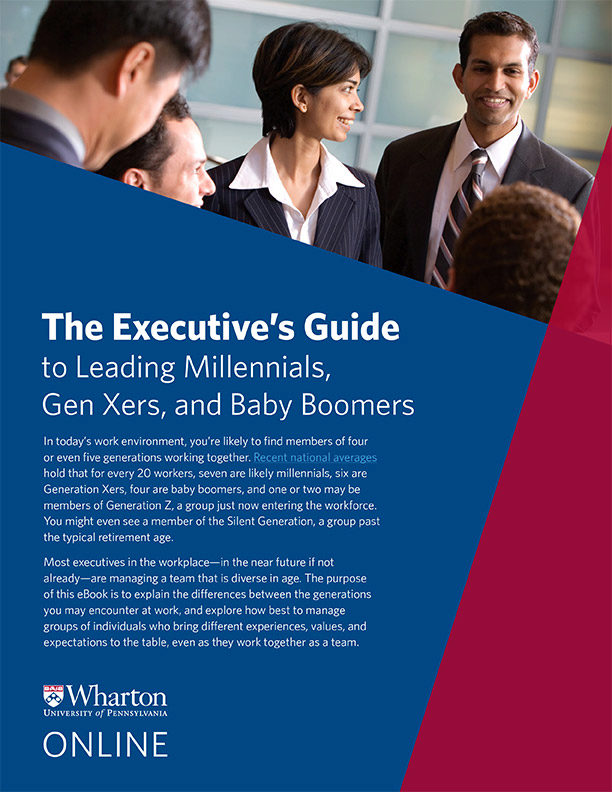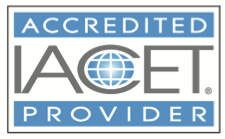
When job seekers explore their options, a good salary and full benefits package are still important. However, it’s really company culture that matters most to today’s job applicants. Money will always count, but if a company’s culture is toxic, no amount of cash will make good employees stick around.
We can look to Millennials for guidance on improving company culture. Young new hires are having a tremendous impact on how organizations attract and retain young talent. They are the largest segment of the American workforce, and like it or not, they are bringing impactful shifts with them to the office. Since they don’t expect to retire until the ripe old age of 75, the newest generation of employees want – nay, deserve – a positive and supportive work environment they can settle into.
Company culture is a vast, intangible space to tend to. It can be difficult to decide where to start or how to implement change. But don’t worry – change is inevitable, and you can make a positive impact on your work atmosphere. Keep reading for the best ways to improve company culture within your organization.
1. Strategically Build Your Teams
When building a team that will collaborate on the same projects and goals, it’s important to take the time to find the right team members. Choose people who bring something uniquely valuable to the group, while reflecting and amplifying the gifts of the others. Once the crew is assembled, each person should have a clear understanding of what roles everyone plays on the team as well as the team’s overarching goals.
It may fall to management to teach the group how to communicate with each other in more effective ways, but the team should be capable of delegating, encouraging, and assisting each other through the course of a project. Building effective teams fosters a sense of belonging and success, and that’s good business for everyone.
Download our eBook: The Executive’s Guide to Leading Multi-Generational Teams
Many executives manage teams that span five generations: The Silent Generation, Baby Boomers, Generation X, Millennials, and Generation Z. Download our free eBook, “The Executive’s Guide to Leading Multi-Generational Teams,” for practical advice on how to communicate with, motivate, and manage each generation.
2. Embrace Flexibility
Some businesses rely on face-to-face contact to run; after all, Starbucks can’t let their baristas work from home. But if you can find ways to allow your staff to work remotely – even occasionally – this can be a huge bonus for new and existing employees. With the average commute clocking in at 26 miles (one way) and a year’s commute costing $2,600, remote work opportunities are a big selling point for a growing segment of the workforce. And don’t worry about home workers becoming disconnected. Email, text, and chat tools make it easy for remote workers to stay connected to their teams.
Remote work isn’t the only way to meet your staff’s needs. Since the average American work week is now close to 47 hours, giving staff flexibility in their work schedules just seems like the right thing to do for many organizations. With almost an additional work day added to the work week, it can feel nearly impossible to take care of life’s other necessities and maintain a feeling of balance. Allowing each individual to design a schedule that plays to their strengths also enables them to fulfill their personal needs.
3. Promote Personal Development
Embrace a growth mindset throughout your organization. Give your employees the power to design their own personal growth plans. Encourage them to look to the future and decide what they want to be doing a year from now. What other areas of your business interest them? Let your staff grow, and they will help your company grow.
But don’t just stop at personal development. Organizations themselves must stretch and adapt to meet ever-evolving demands of their clients, markets, and staff. Encourage everyone in the office to feel empowered to identify areas of your operation that could be improved, and then ask them to come up with ways to do things better.
4. Consider Student Loan Assistance Programs
If you have found your organization hiring a lot of young talent, there’s a good chance those new hires are coming aboard with some financial challenges. The average new college graduate carries a student loan burden of almost $30,000. And with an average salary of just $35,000, many of your younger employees are likely struggling to stay afloat. Developing programs to help staff pay back student loans is a growing trend. If your company is in a position to do so, it could prove to be a huge selling point when you’re trying to recruit fresh talent.
Want More Ideas For Improving Company Culture?
Wharton Online helps new and seasoned business professionals access flexible development opportunities. From leadership to marketing and beyond, you can create a program that meets your development needs with Wharton.
Want to learn more about improving your company’s culture? Download our E-book, The Executive’s Guide to Leading Millennials, Gen Xers and Baby Boomers to get started.




